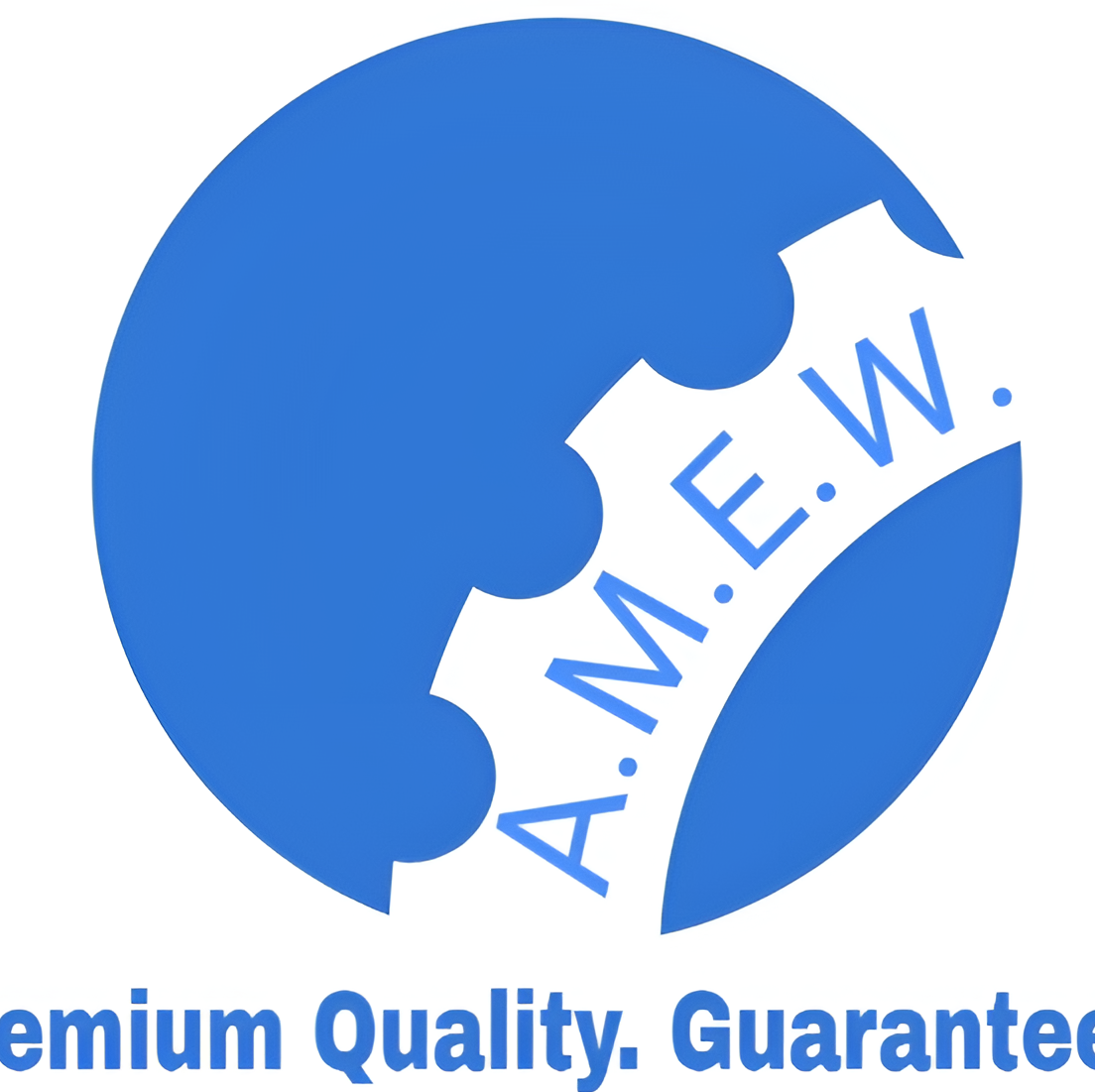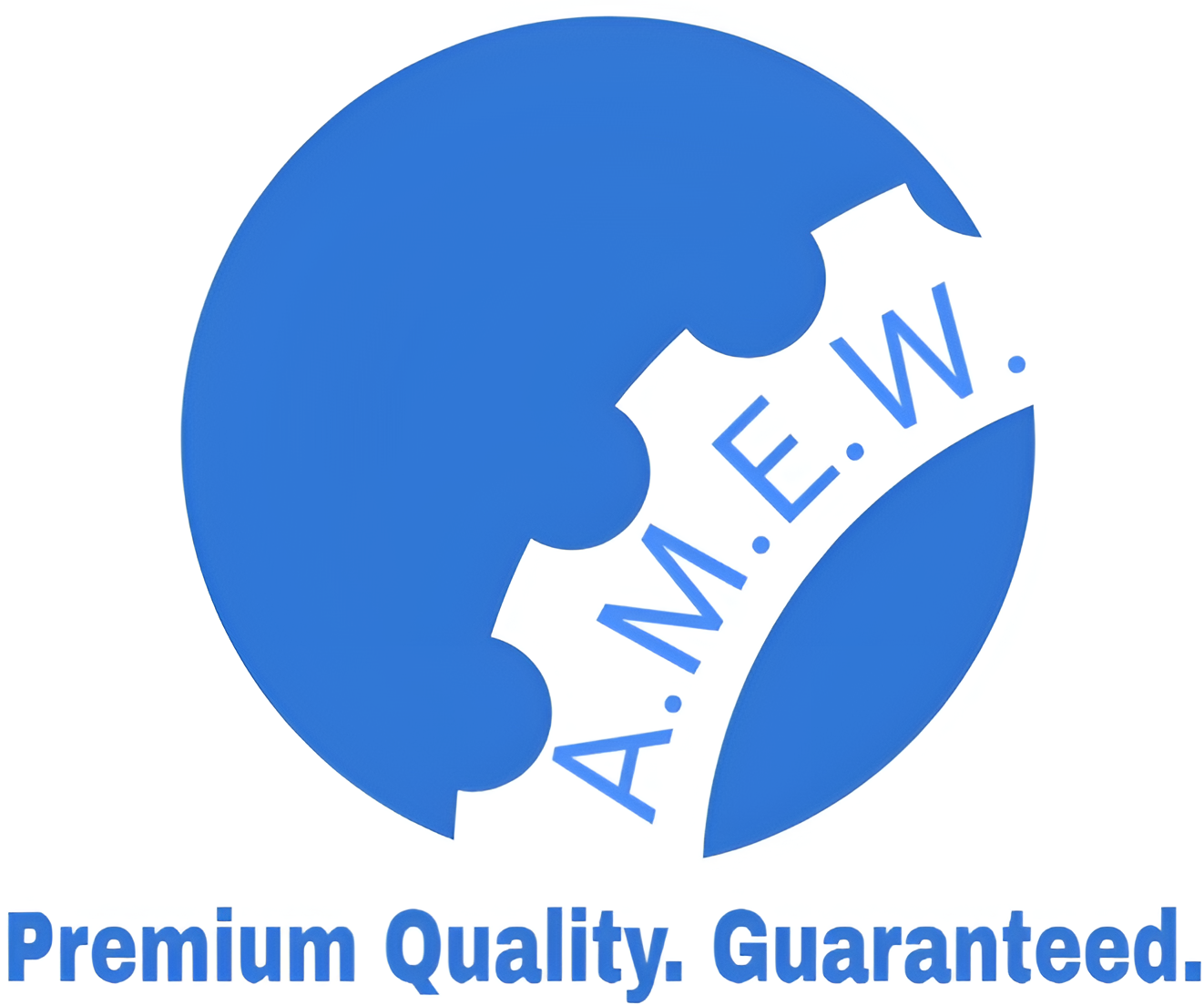The Essential Guide to Socket Weld Flanges for Piping Professionals
Socket weld flanges might not be the most talked-about components in the world of piping and construction, but their importance cannot be overstated. Designed for smaller pipe diameters and high-pressure applications, they are a staple in industries where reliability and durability are paramount. This guide will walk you through everything you need to know about socket weld flanges—from what they are and where they’re used, to their advantages, disadvantages, and maintenance tips. Whether you’re a construction professional, plant maintenance specialist, or piping engineer, you’ll come away with practical knowledge to apply in your projects.
What Is a Socket Weld Flange?
A socket weld flange is a type of flange with a recessed area designed to fit the end of a pipe. Instead of being welded on its circumference like slip-on flanges, the pipe is inserted into the flange socket, and a single weld is performed around the outer edge. This ensures a strong and leak-tight connection. Socket weld flanges are particularly effective for small-diameter, high-pressure piping systems.
Socket weld flanges come with a smooth bore, allowing for better fluid or gas flow. Commonly manufactured from materials such as carbon steel, stainless steel, and alloy steel, they are resistant to high temperatures and pressures, making them a dependable choice in critical conditions.
Advantages of Socket Weld Flanges
Why choose socket weld flanges over other types? Here are some key advantages that make them a popular choice among piping and construction professionals:
1. Ease of Alignment
The recessed socket allows for precise alignment of the pipe during installation. This ensures a smooth flow of liquids or gases, reducing turbulence and minimizing wear and tear.
2. Strength and Leak Resistance
The single weld on the external side of the flange provides exceptional strength for the joint, making it suitable for high-pressure systems. Additionally, the recessed fitting offers a secure and leak-resistant connection that contributes to long-term reliability.
3. Cost-Effectiveness
Compared to beveled-end welds required for other flange types, socket weld flanges require less preparation and expertise to install. This translates into lower labor costs, especially for projects involving smaller pipe systems.
4. No Need for Beveled Ends
Unlike butt weld connections, socket weld flanges don’t require the pipe ends to be beveled before welding. This eliminates an additional preparation step, saving both time and effort.
5. Ideal for Small-Diameter Applications
Socket weld flanges are especially effective for pipe diameters of 2 inches or smaller, where other flange types might be unnecessarily bulky or difficult to install.
Disadvantages of Socket Weld Flanges
While socket weld flanges offer numerous benefits, they are not always the best choice in every situation. Here are some limitations to keep in mind:
1. Corrosion Risks
The gap left between the pipe and the socket flange during installation can lead to crevice corrosion if not properly monitored or maintained. This can be a concern in systems transporting corrosive fluids.
2. Limited Applications
Socket weld flanges are specifically designed for small-diameter pipes. They are not suitable for larger piping systems, where other flange types like slip-on or weld neck perform better.
3. Not Ideal for Cyclic Loads
For systems subject to heating and cooling cycles or other cyclic loads, socket welds may not provide the performance needed due to stress-related weaknesses at the welds.
4. Inspection Difficulty
The socket weld’s recessed configuration can make it harder to inspect for defects or cracks, requiring advanced inspection techniques such as dye penetrant or ultrasonic testing.
Typical Applications of Socket Weld Flanges
Socket weld flanges are widely used across various industries, where they provide reliable performance under challenging conditions. Some typical applications include:
- Oil and Gas Industry: High-pressure systems transporting crude oil, natural gas, or refined products often rely on socket weld flanges for leak-proof connections.
- Chemical Plants: Their resistance to high pressure and temperature makes them an excellent choice for handling chemical fluids.
- Power Plants: Socket weld flanges are frequently used in steam and condensate piping systems in power generation facilities.
- HVAC Systems: They are also used in heating, ventilation, and air conditioning systems, particularly for small-diameter supply and return lines.
- Water Treatment Facilities: Their durability makes them suitable for pipelines carrying treated and untreated water.
How to Install Socket Weld Flanges
Proper installation is essential to ensure your socket weld flange performs reliably for years to come. Follow these steps for a secure and efficient process:
Step 1: Prepare the Materials
- Ensure you have the right size flange and pipe.
- Verify that the materials meet the specifications for your application.
- Inspect the socket flange for any defects, such as cracks or uneven finishes.
Step 2: Prepare the Pipe
- Cut the pipe to the correct length.
- Clean the external and internal surfaces of the pipe to remove debris, dirt, or grease.
Step 3: Insert the Pipe
- Slide the pipe into the socket until it bottoms out.
- Then, pull it back slightly to create a small gap (about 1.5 mm) between the pipe end and the flange face, which allows for thermal expansion.
Step 4: Secure the Flange
- Clamp the pipe and flange in place to prevent movement during the welding process.
- Double-check that the alignment is precise before proceeding.
Step 5: Perform the Weld
- Use a skilled welder to apply a fillet weld around the outer edge of the socket flange.
- Ensure the weld is continuous to prevent any potential leaks.
Step 6: Inspect the Joint
- Conduct a visual inspection to verify the quality of the weld.
- If necessary, perform non-destructive testing (NDT) methods to confirm the joint’s integrity.
Maintenance and Best Practices
To maximize the lifespan of your socket weld flanges, consistent maintenance is crucial. Here are some best practices:
- Regular Inspections: Routinely check for signs of wear, corrosion, or cracking on the flanges and welds.
- Use Protective Coatings: Apply corrosion-resistant coatings when working in harsh environments to reduce the risk of crevice corrosion.
- Tighten Bolts Properly: Over-tightening or under-tightening bolts can lead to flange deformation or leaks.
- Monitor Operating Conditions: Ensure that the system’s temperature and pressure remain within the flange’s rated limits.
- Professional Cleaning: Schedule periodic cleaning to remove any build-up that may compromise performance.
Why Socket Weld Flanges Matter in Piping Systems
Socket weld flanges play a pivotal role in ensuring the efficiency, safety, and reliability of small-diameter, high-pressure piping systems. Whether you’re designing a new system or maintaining an existing one, understanding the strengths and limitations of socket weld flanges allows you to make informed decisions that contribute to project success.
From their simple installation process to their ability to handle high-pressure environments, these flanges prove themselves as a cost-effective and reliable solution in various industries. However, like any component, they demand proper care, periodic inspections, and adherence to best practices to deliver optimal performance.
If you’re a piping engineer, plant maintenance specialist, or construction professional, staying informed on innovations in flange technology is key to staying competitive in your industry.

